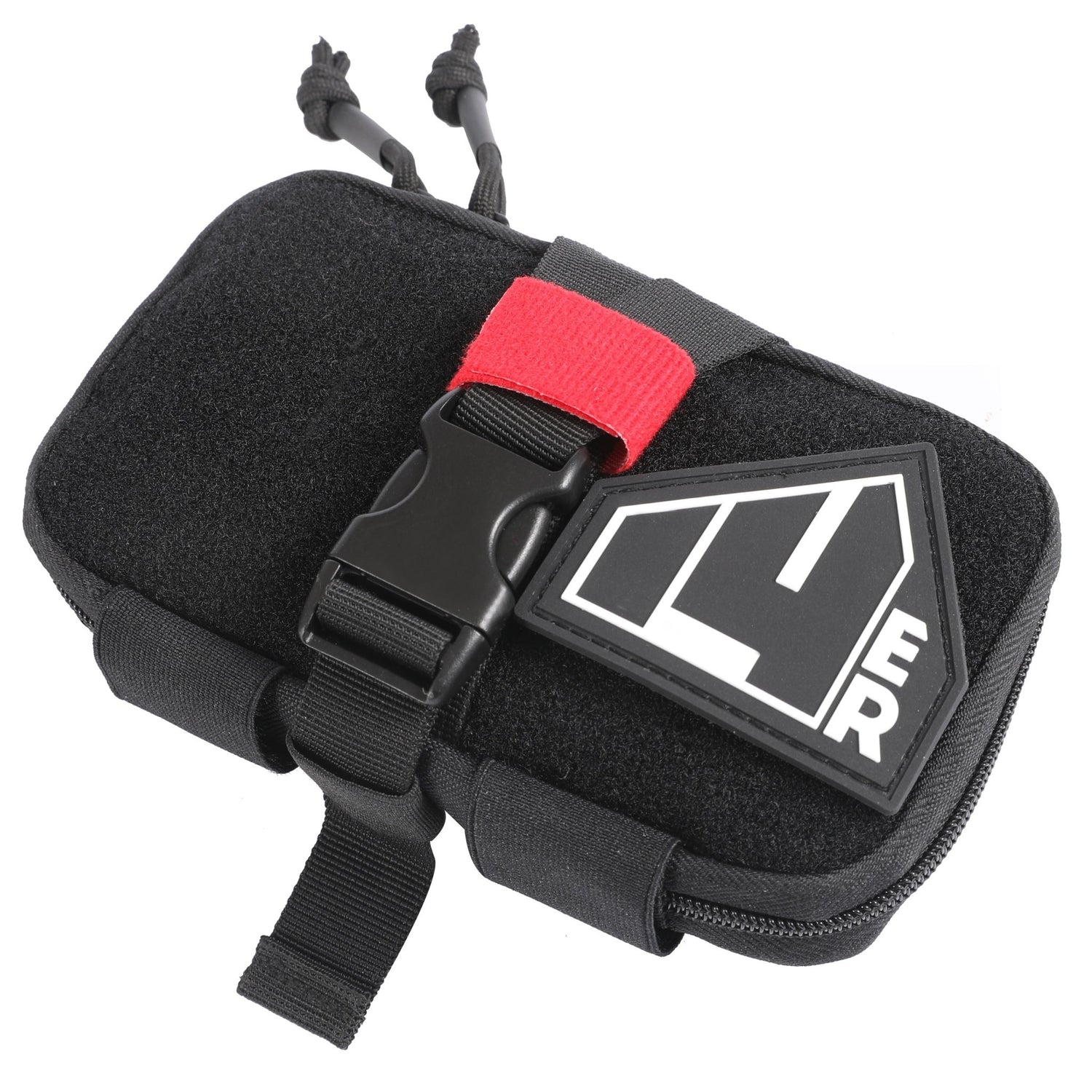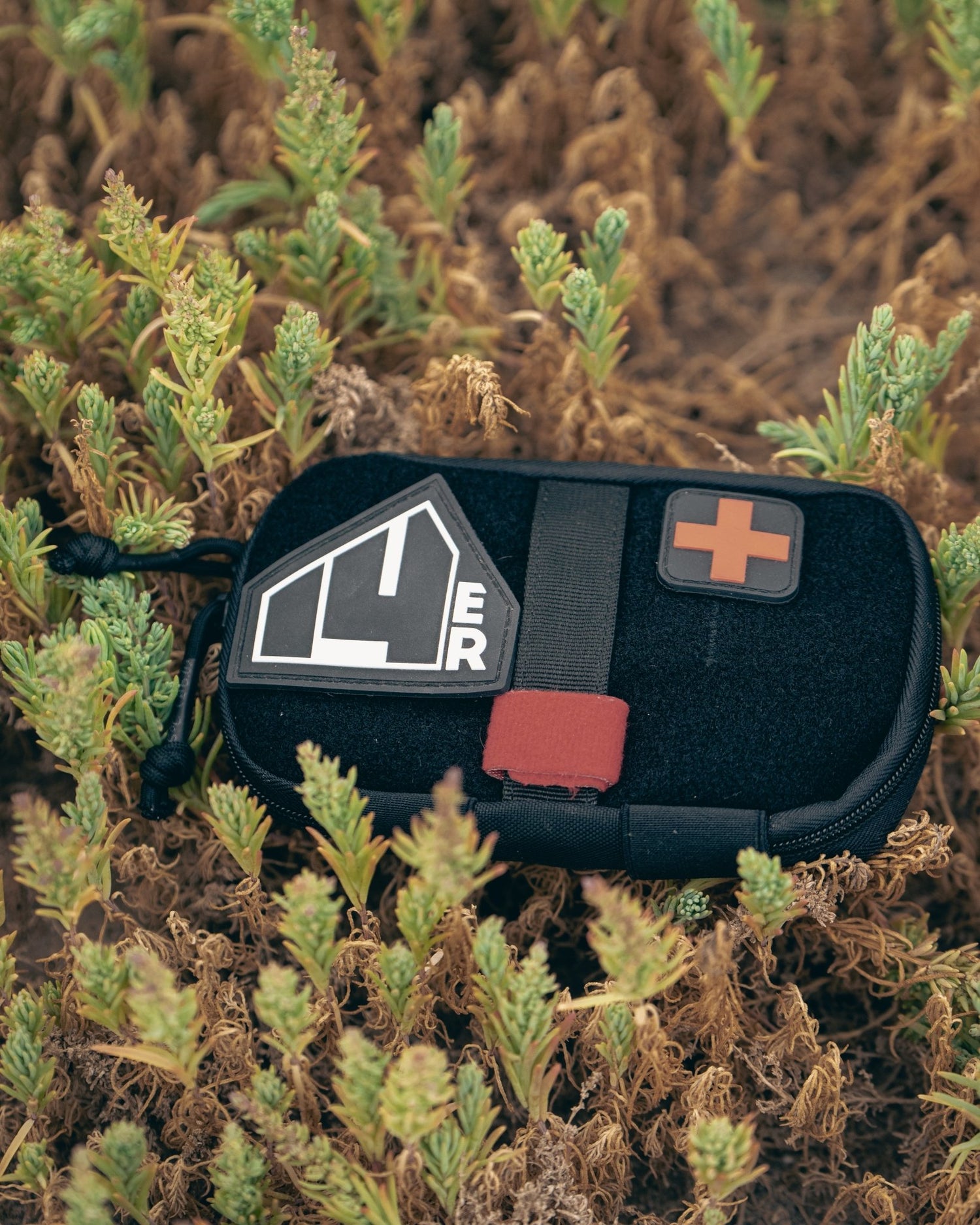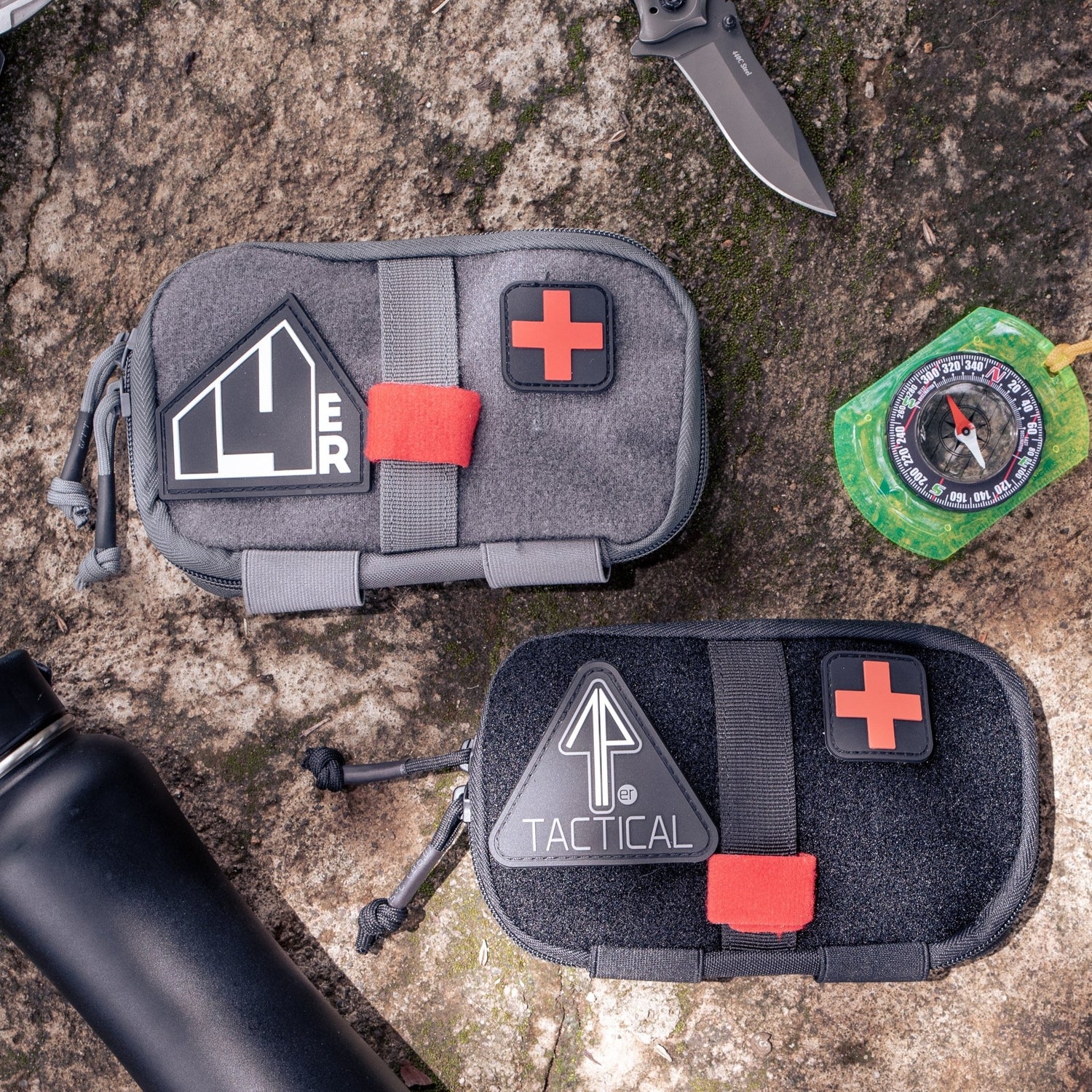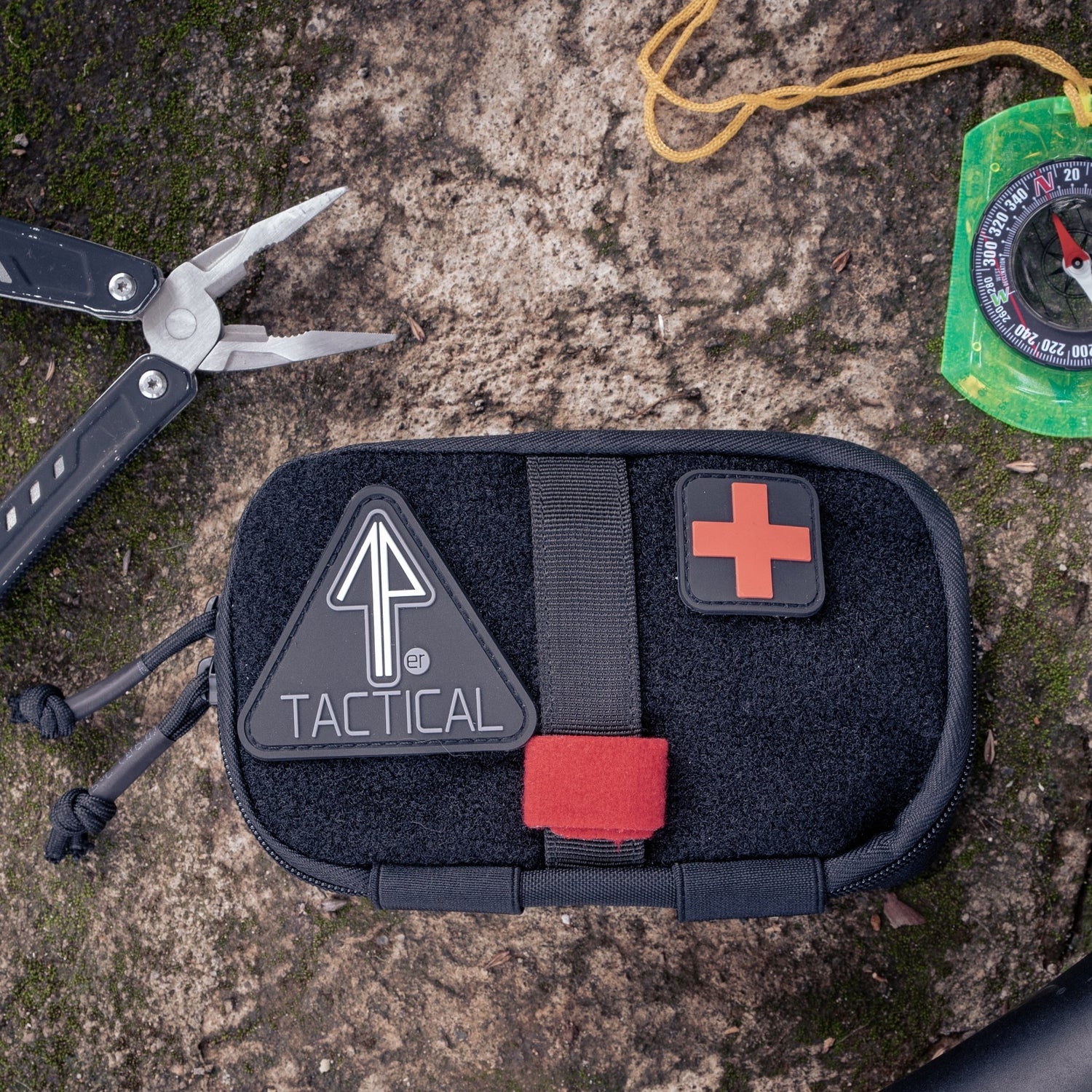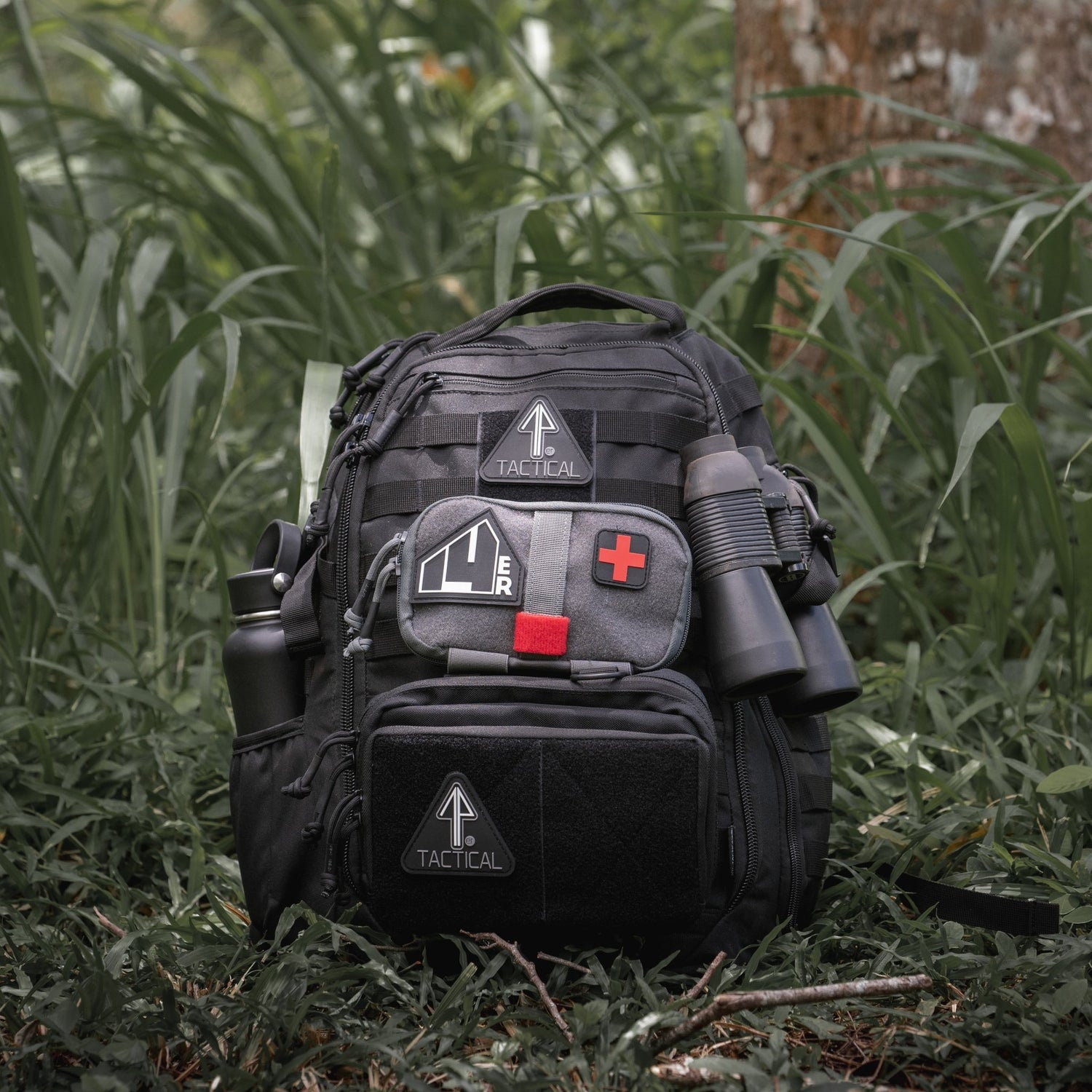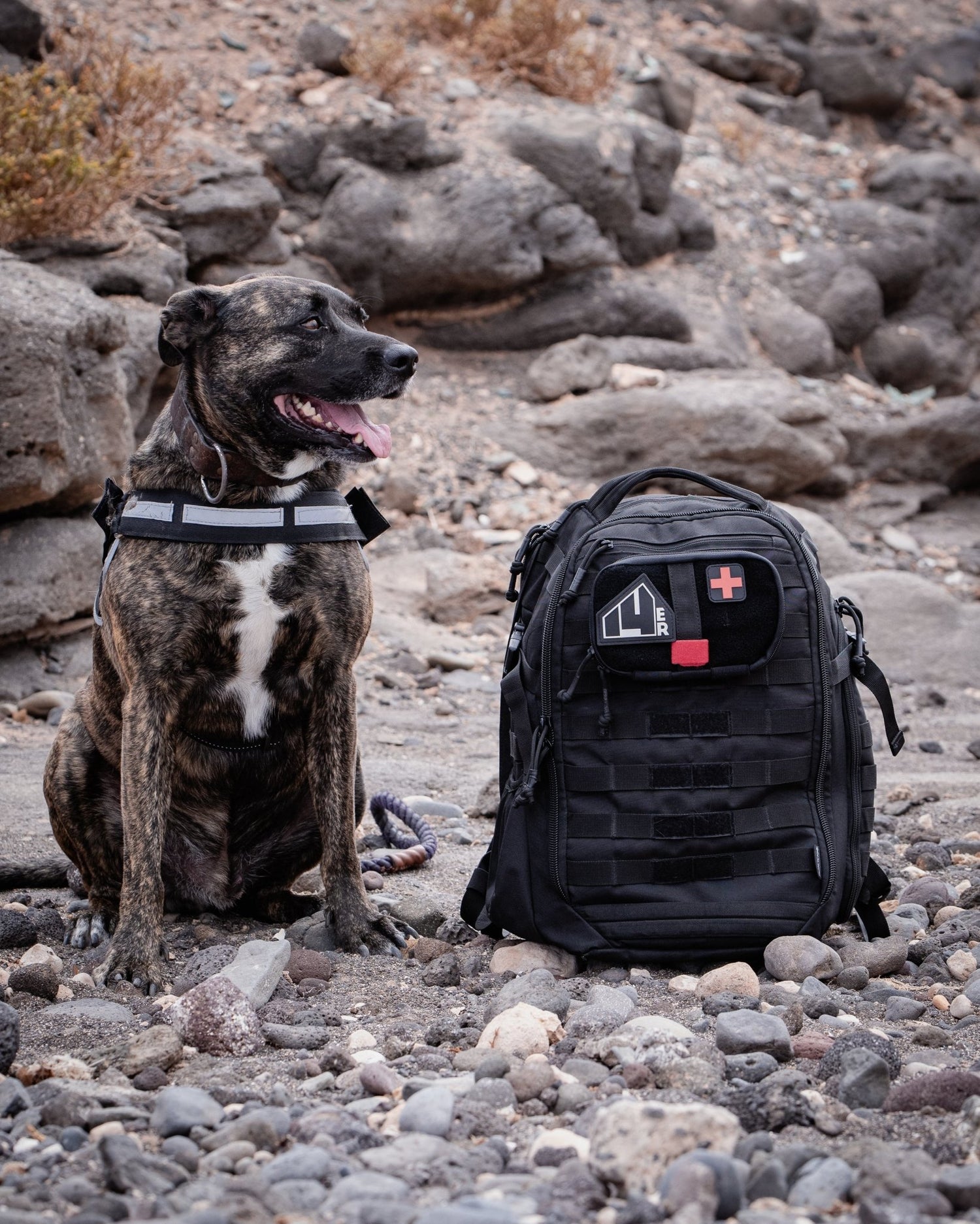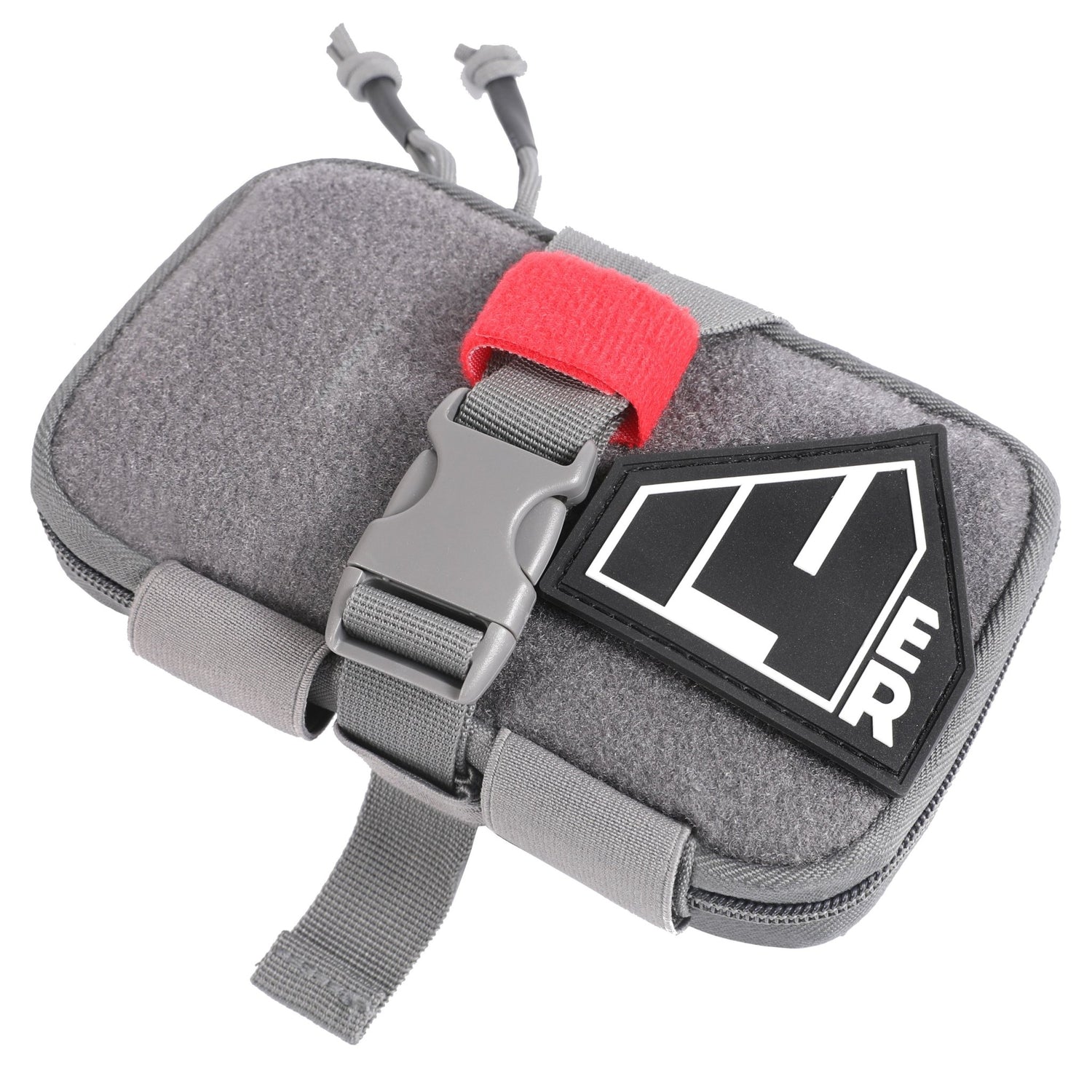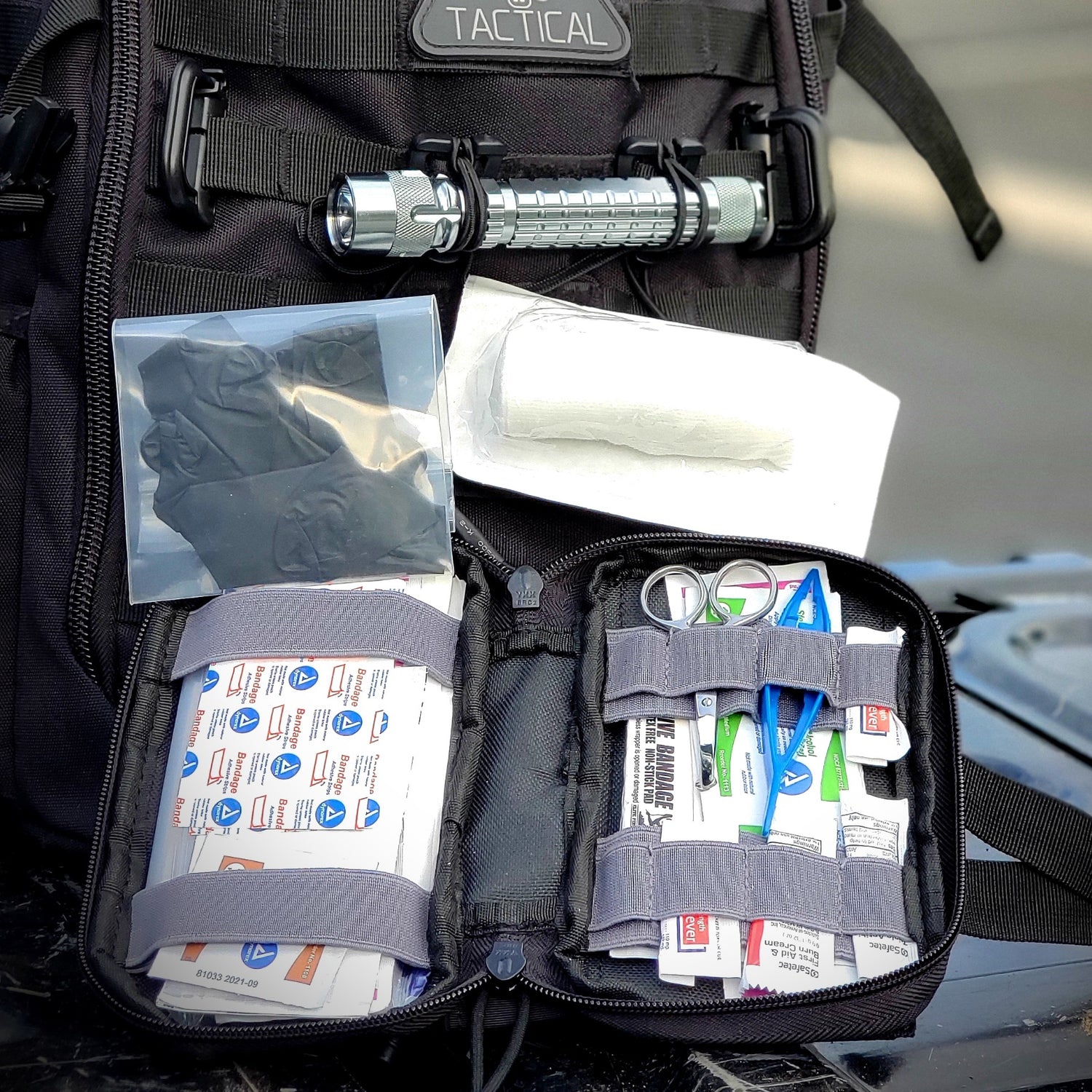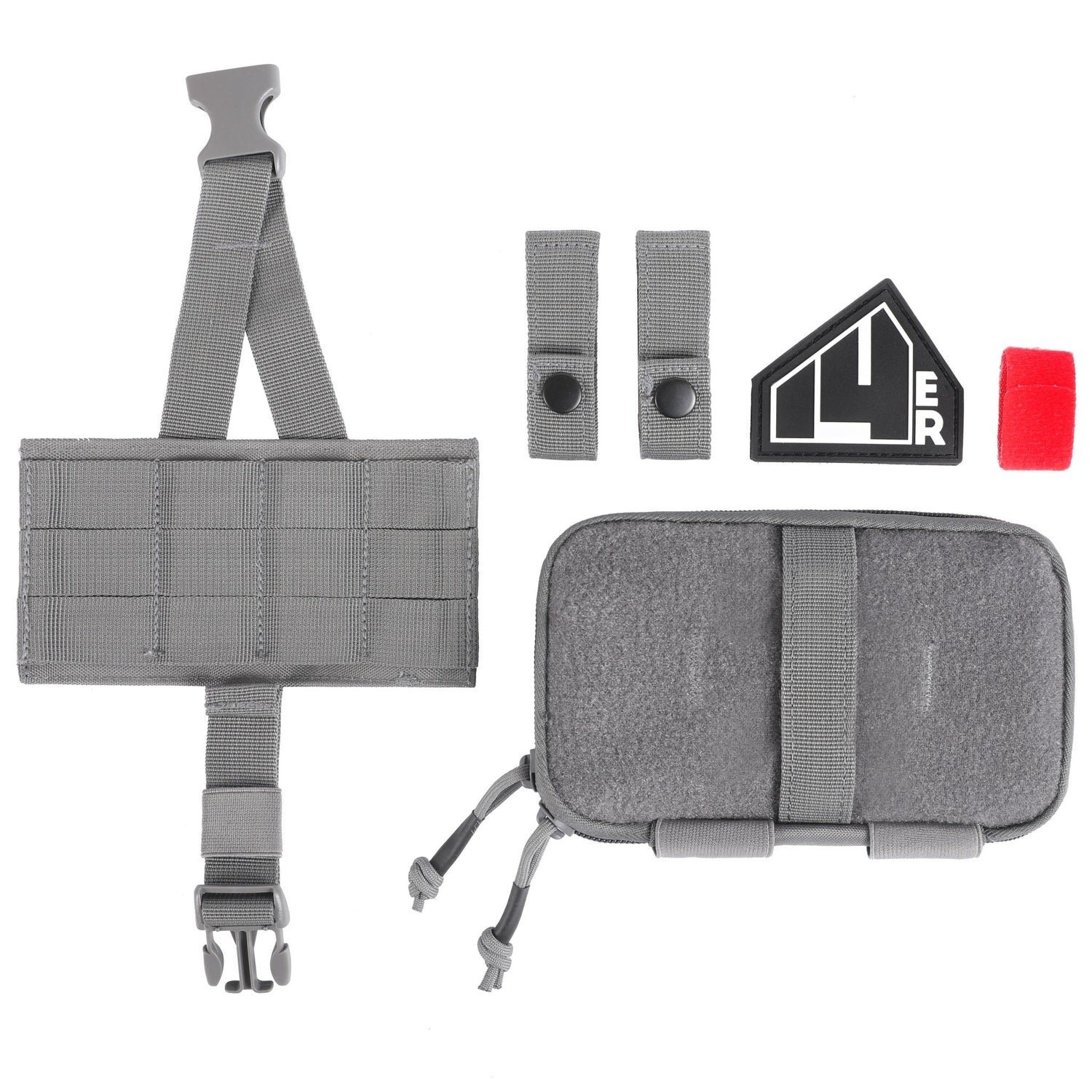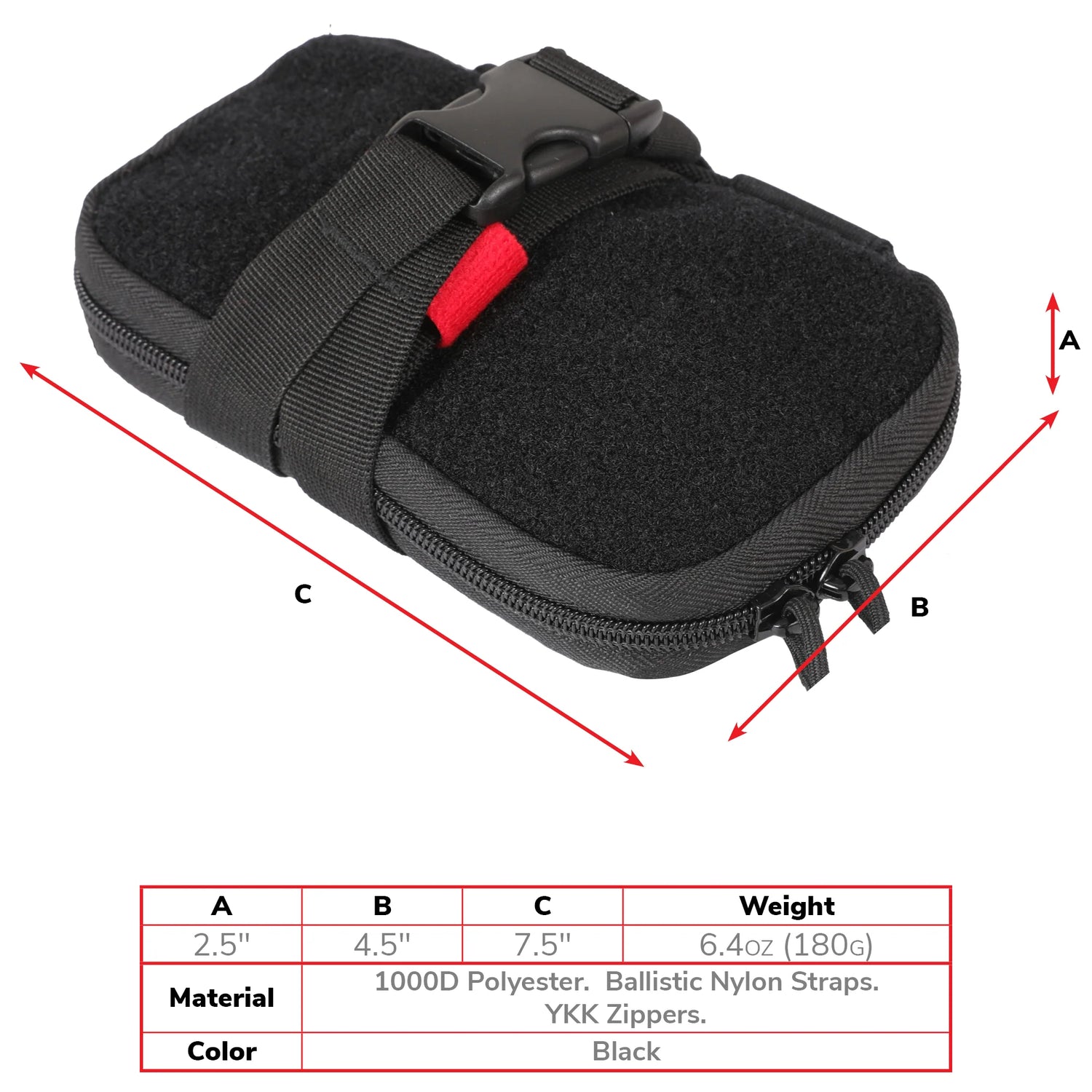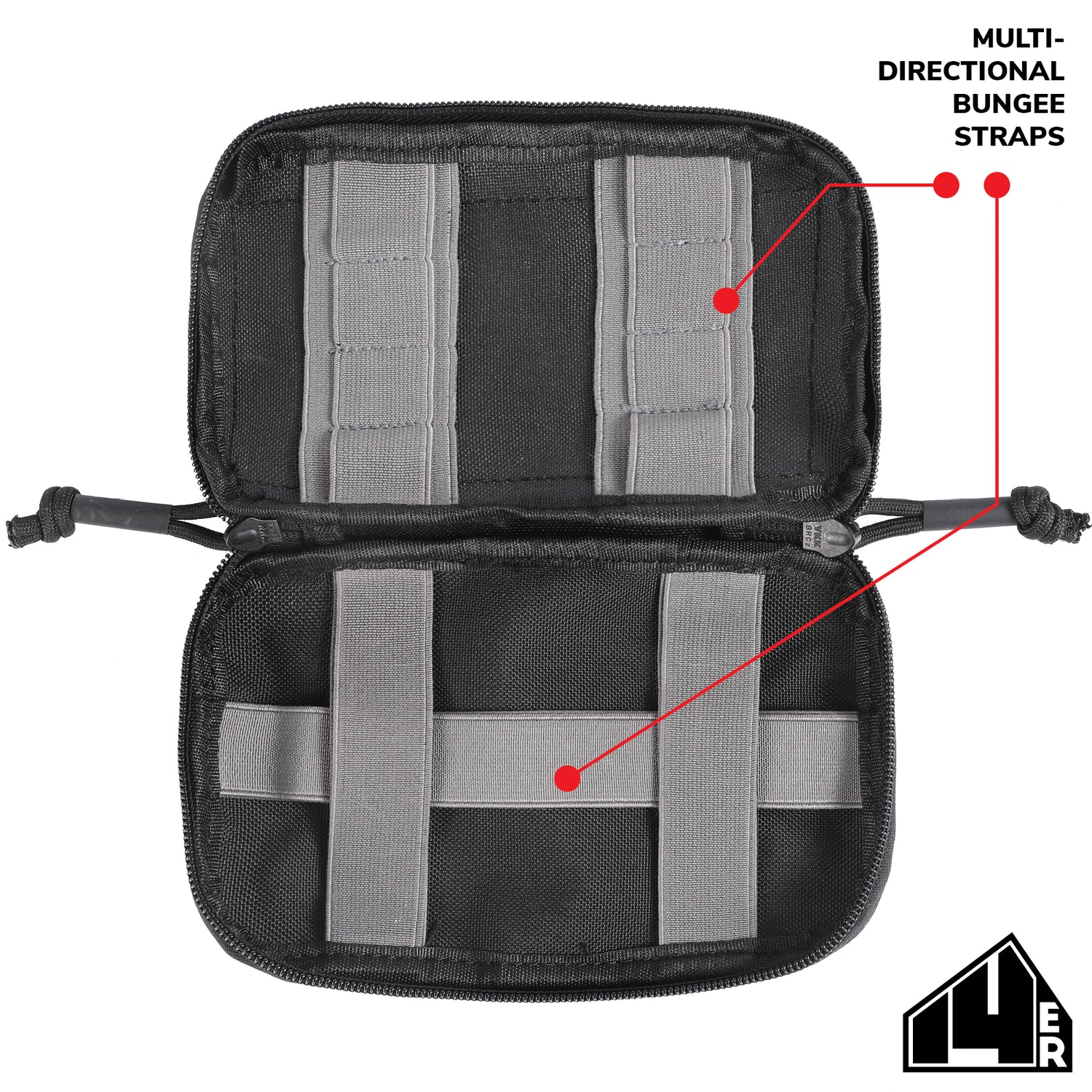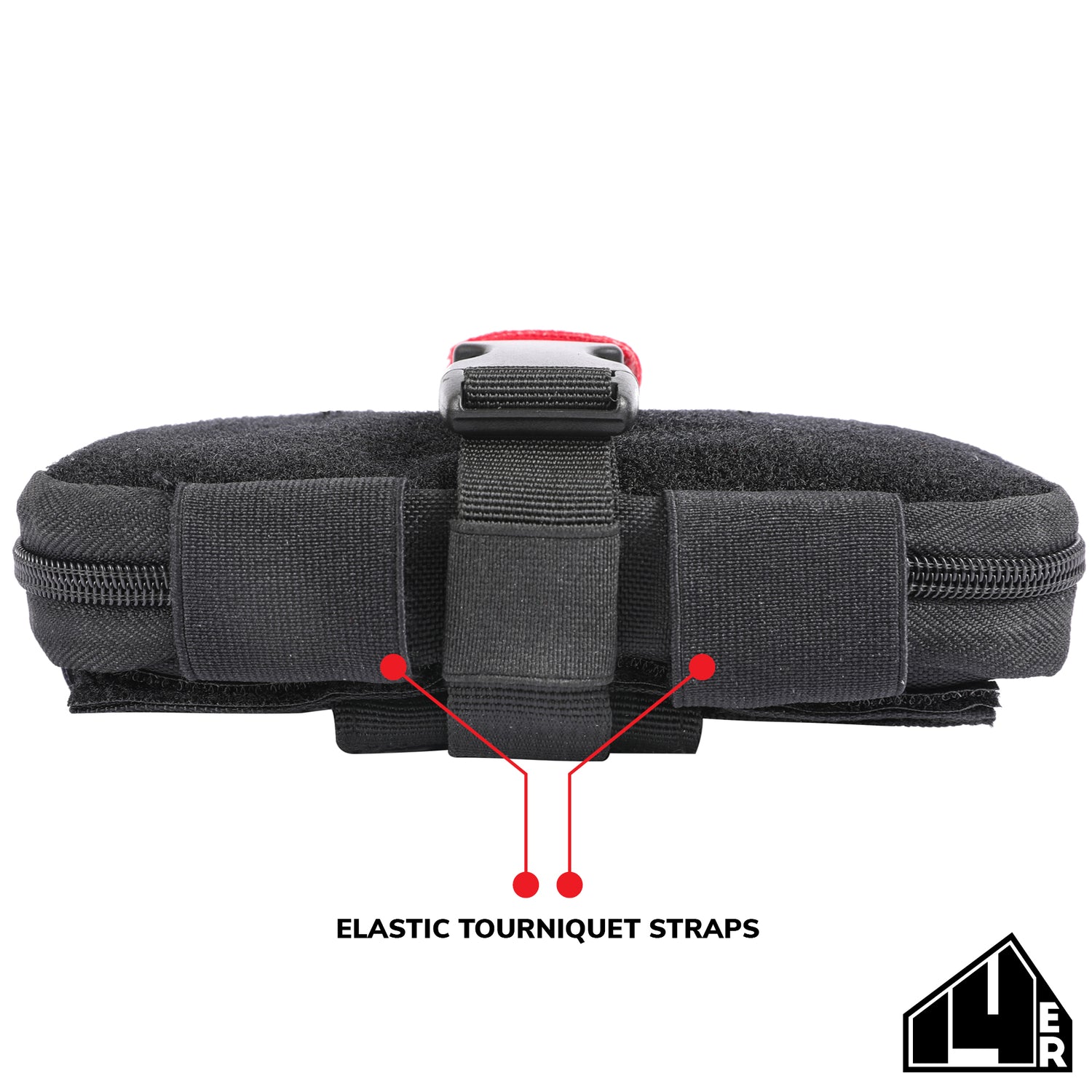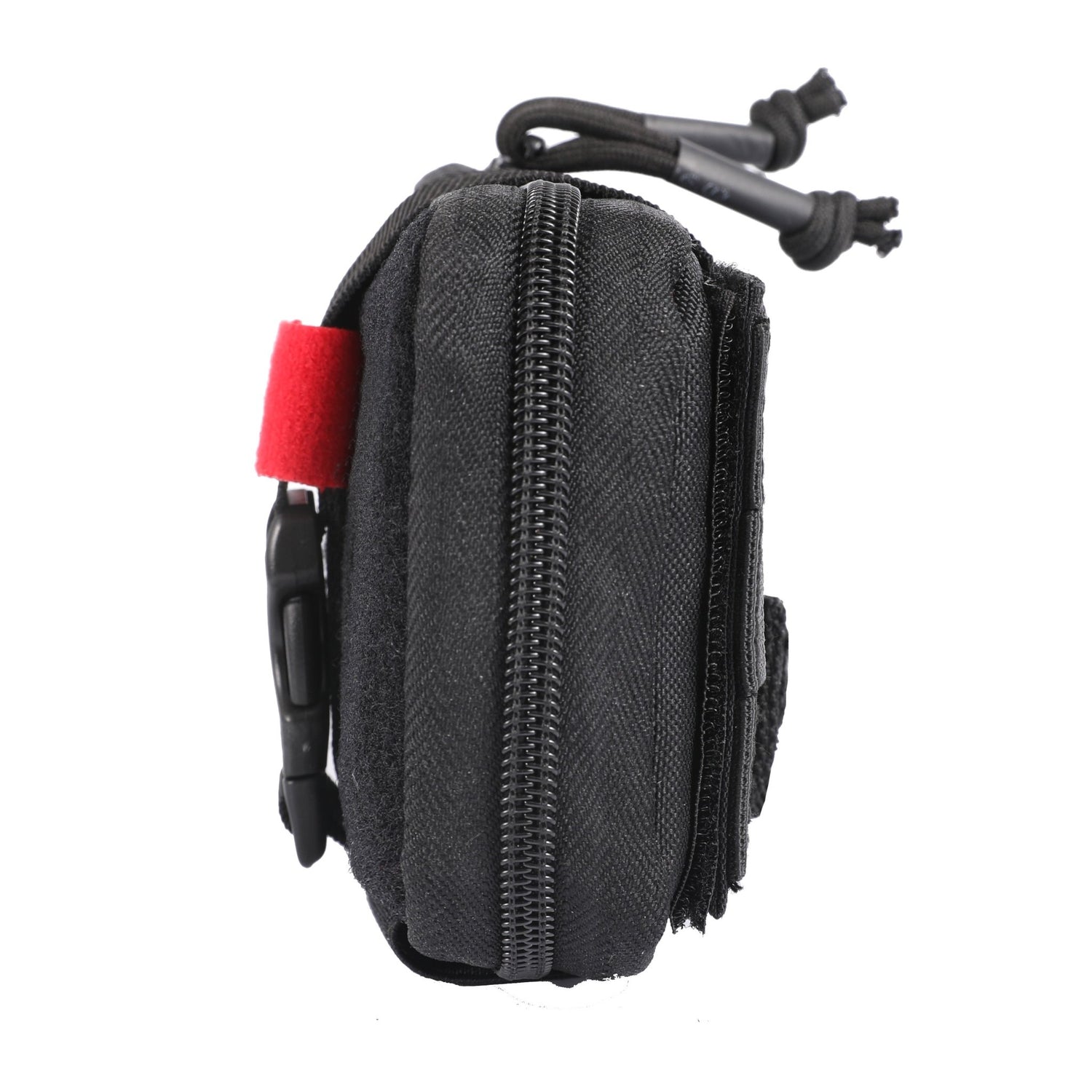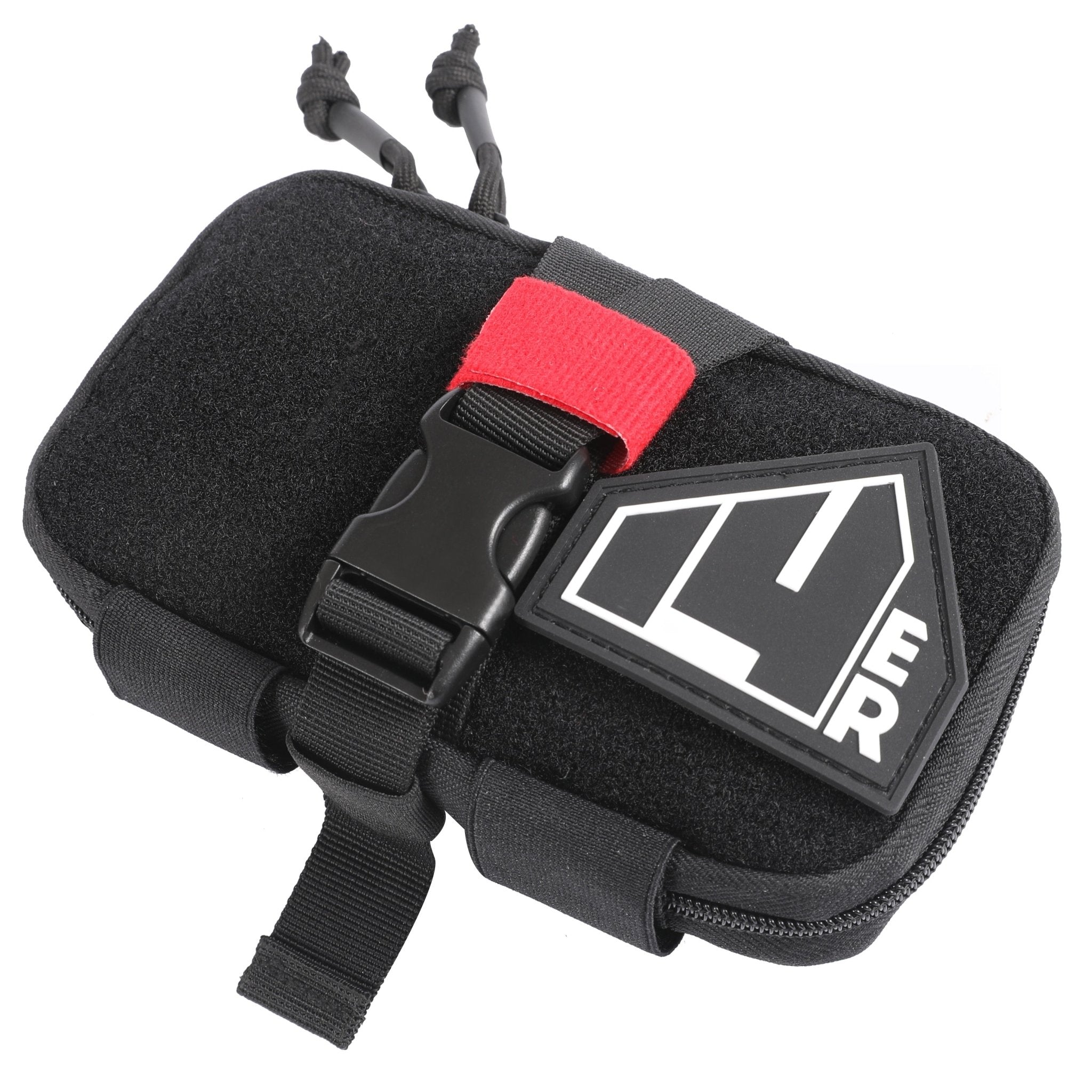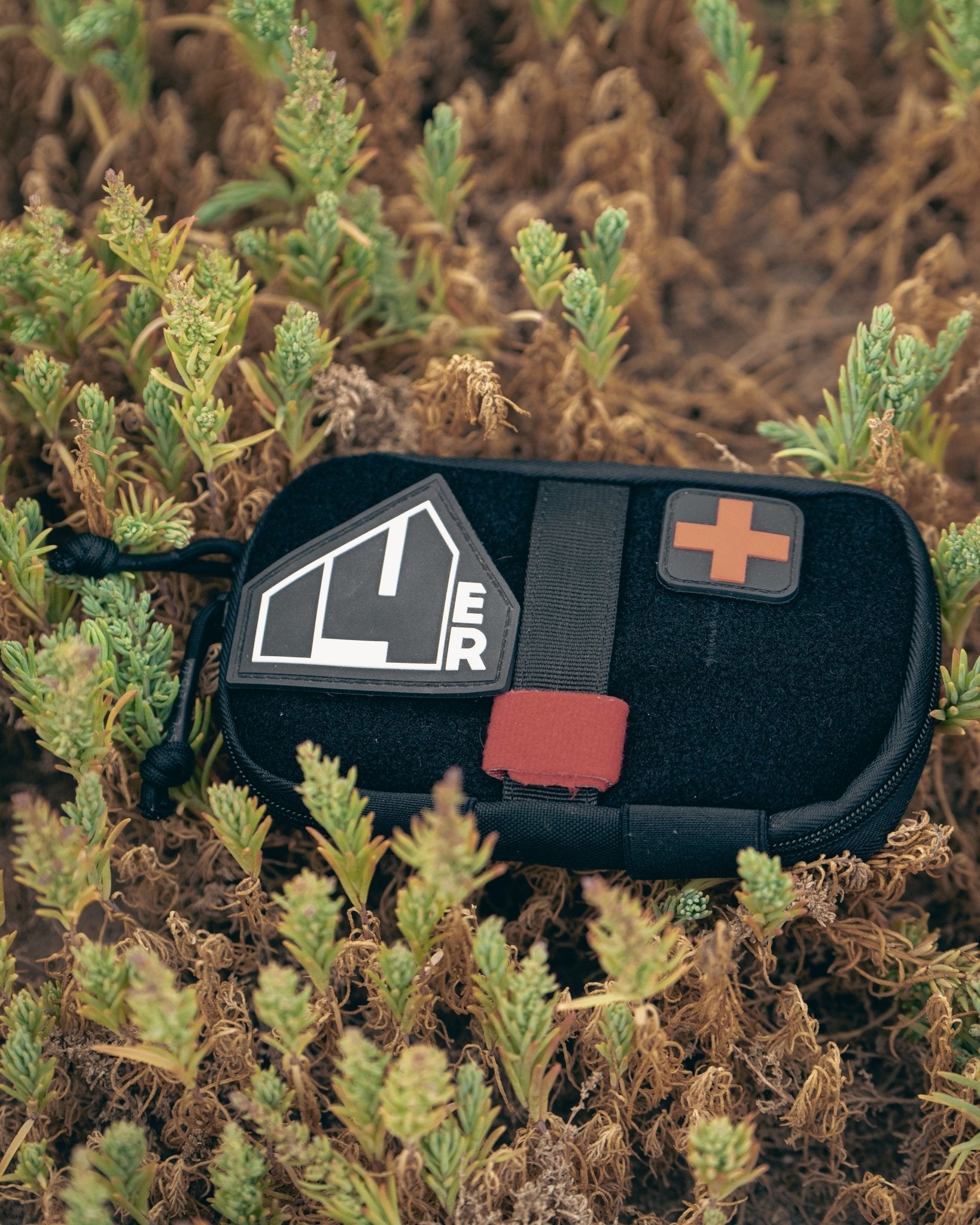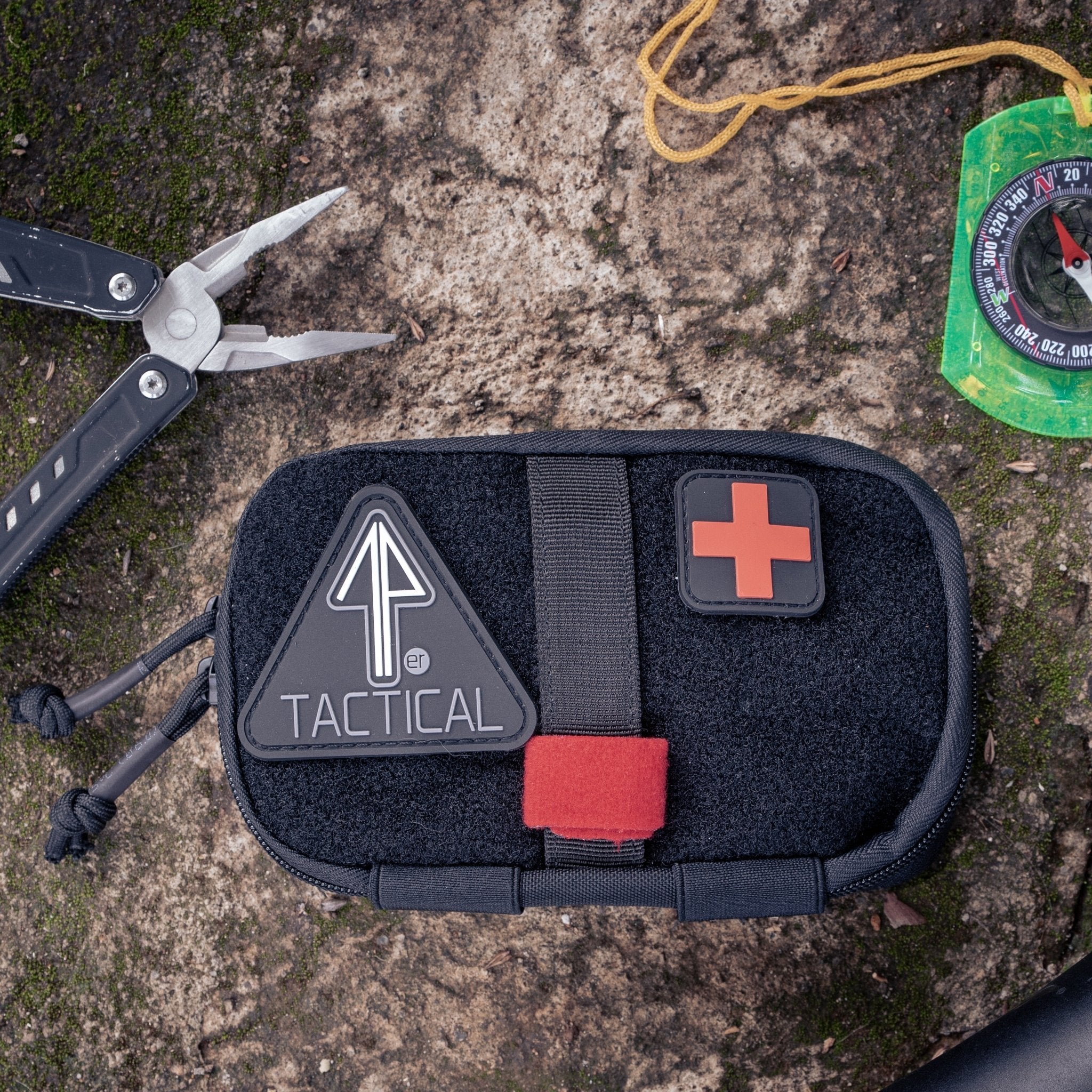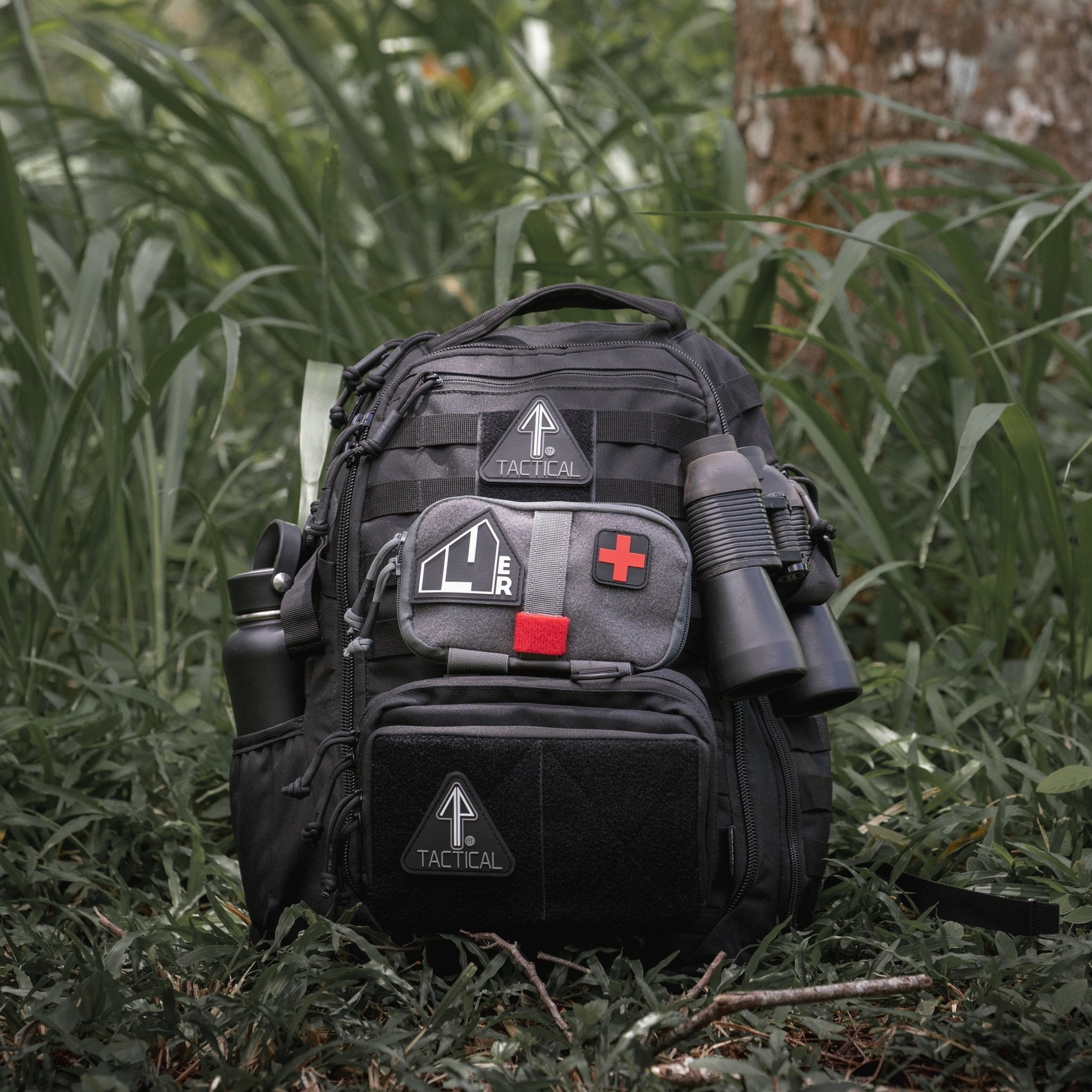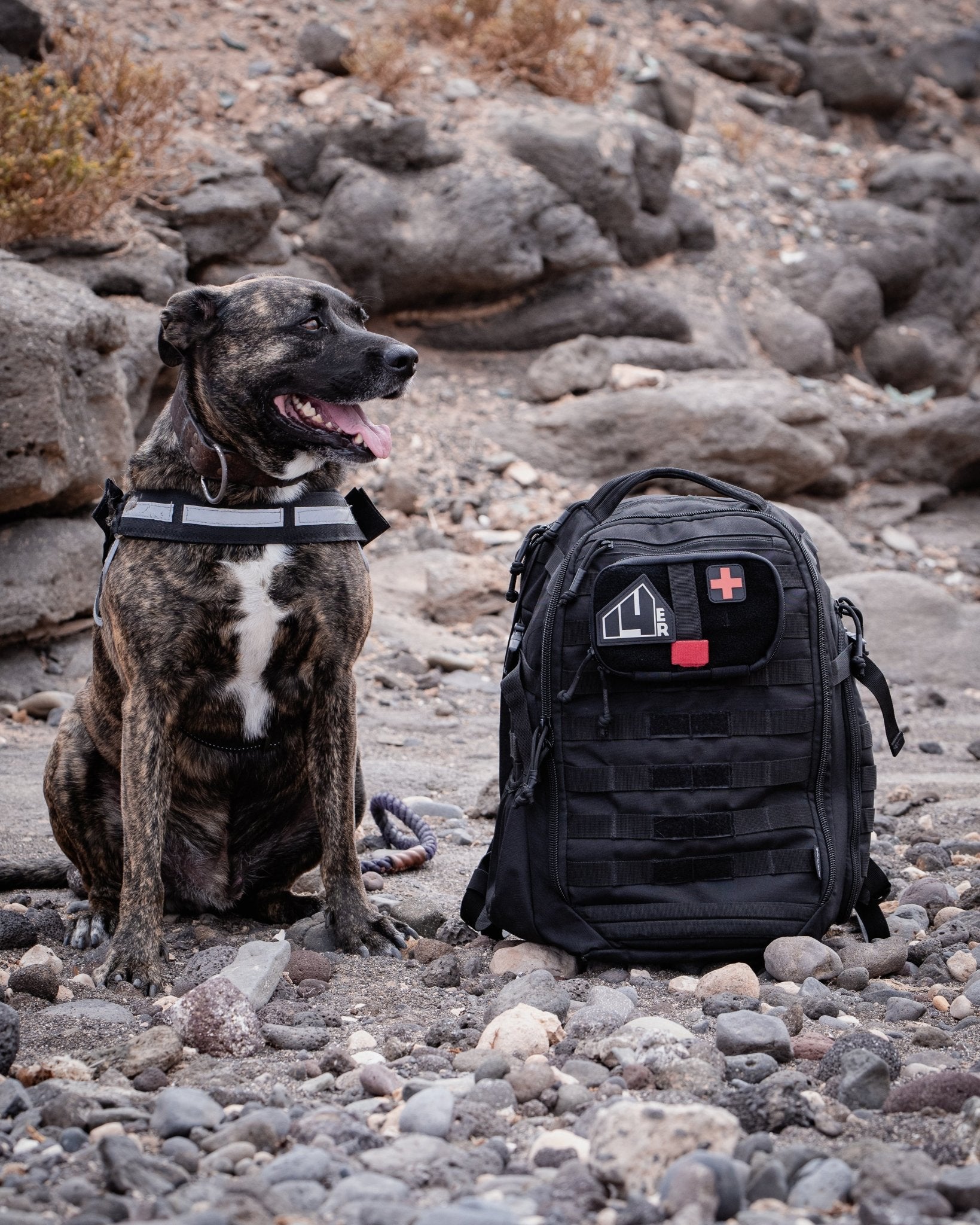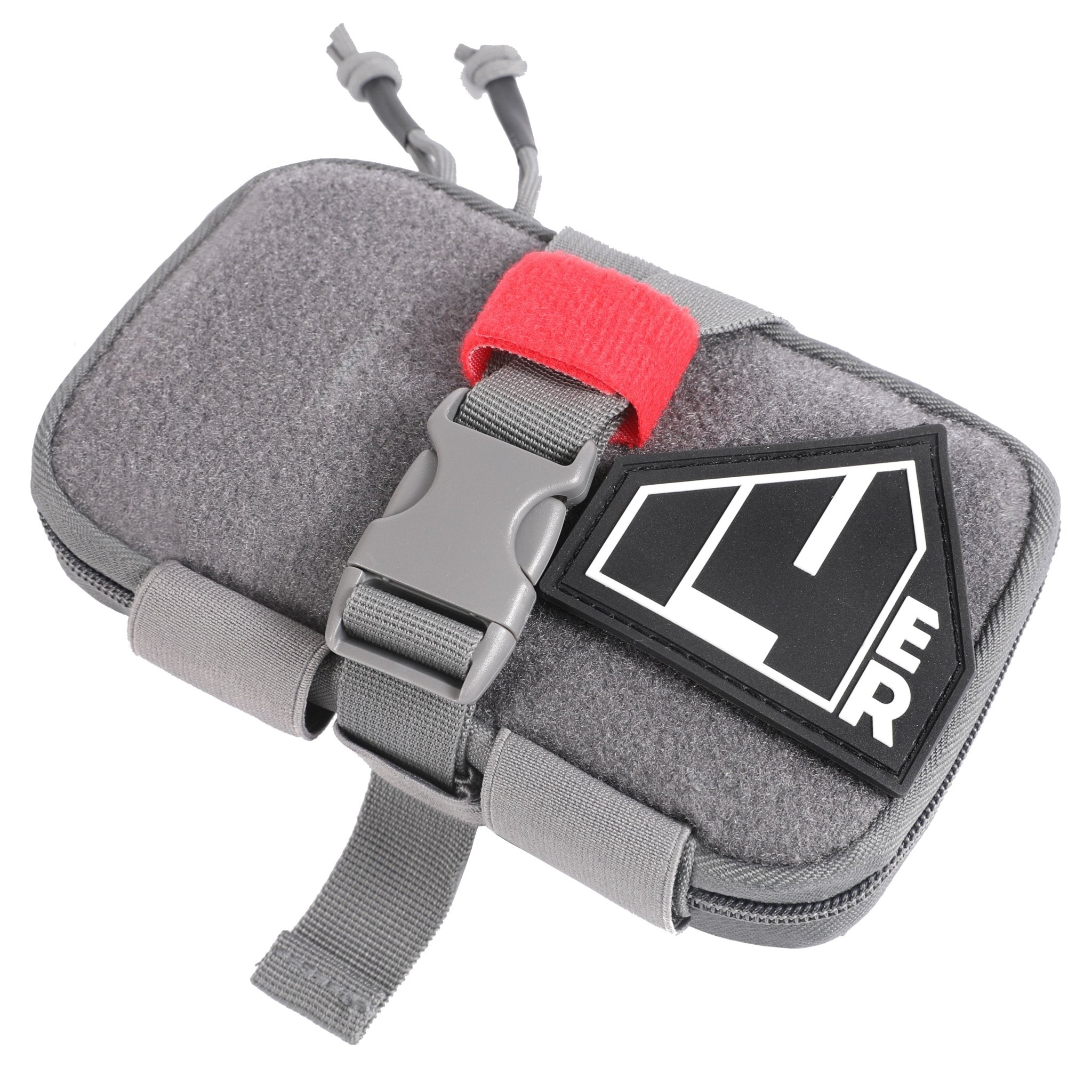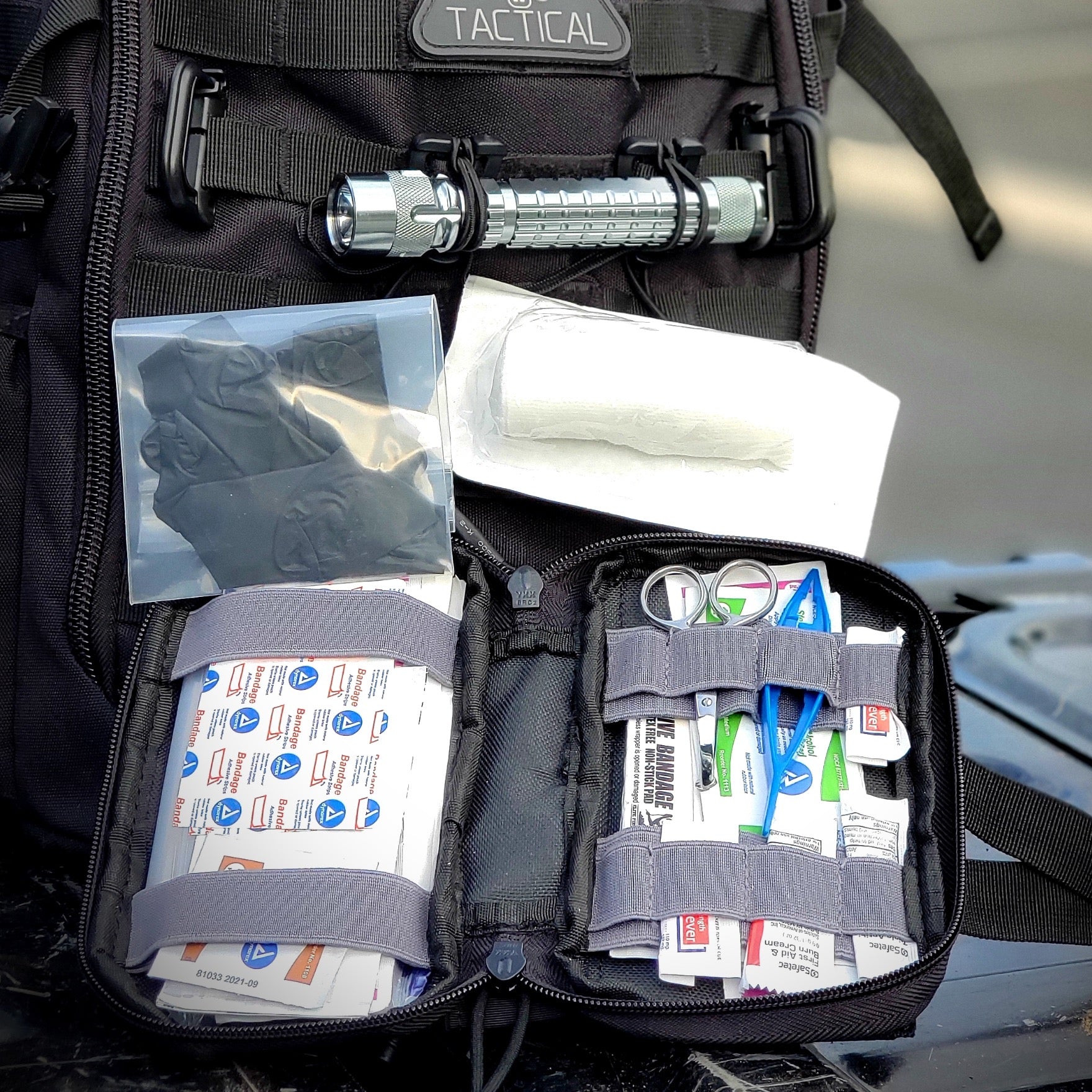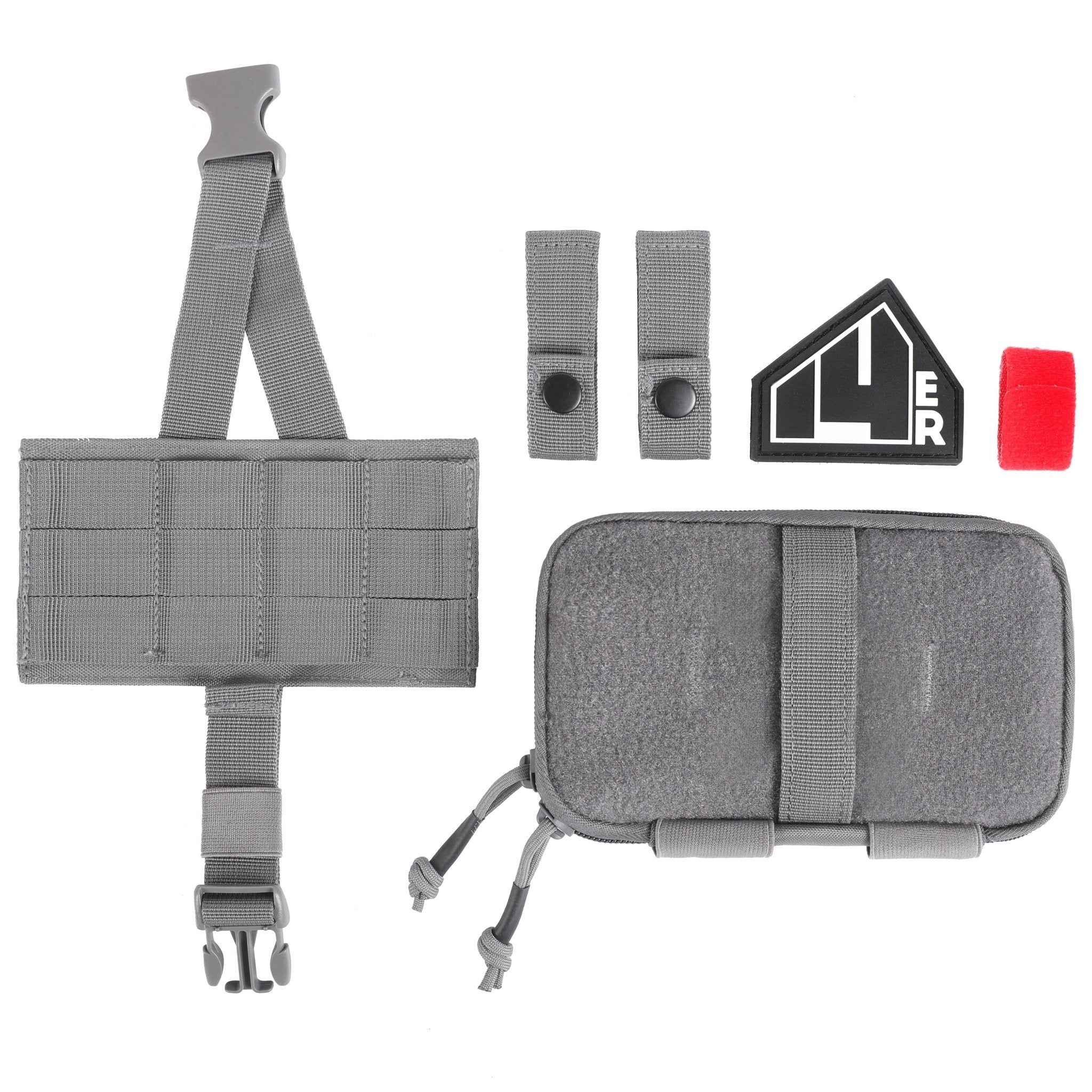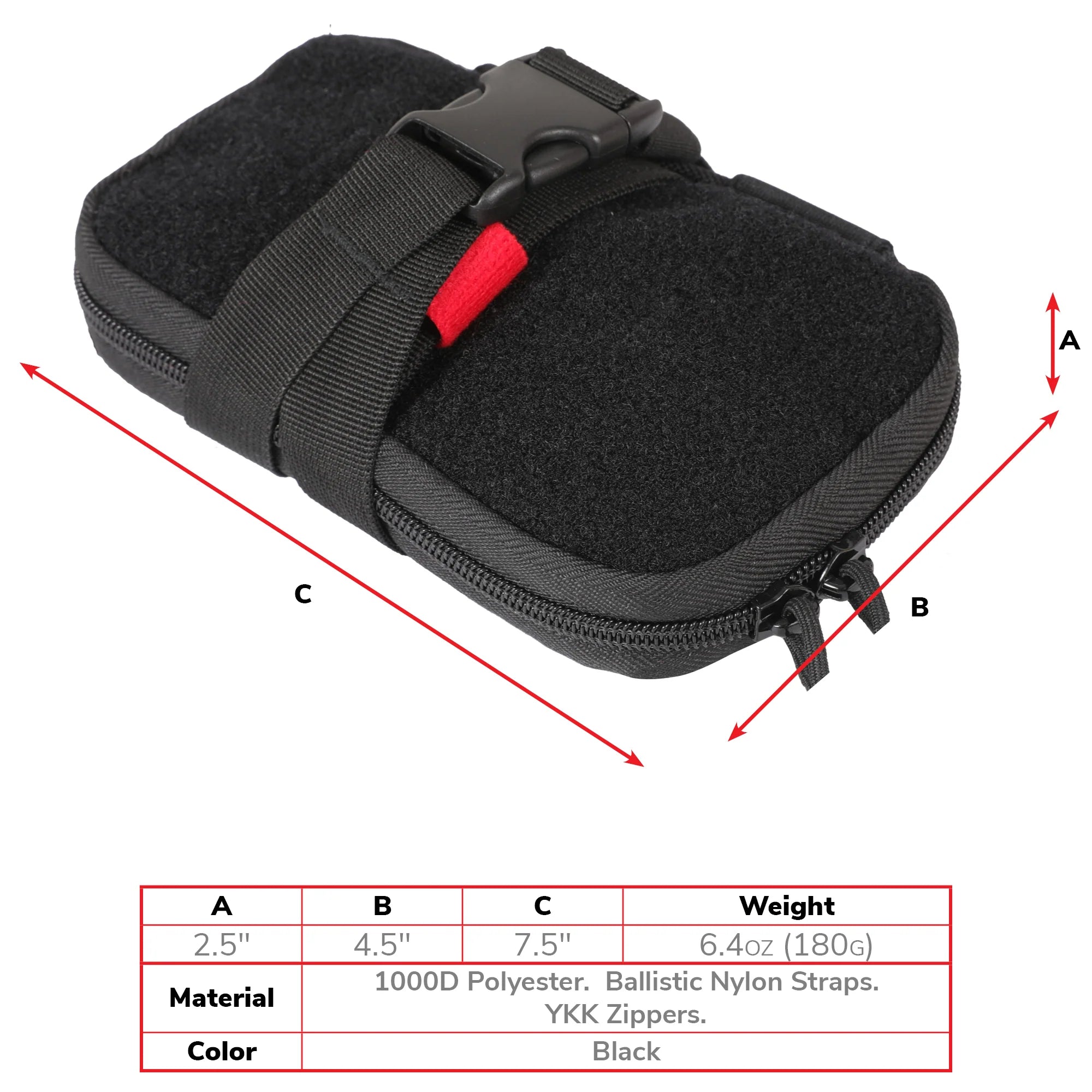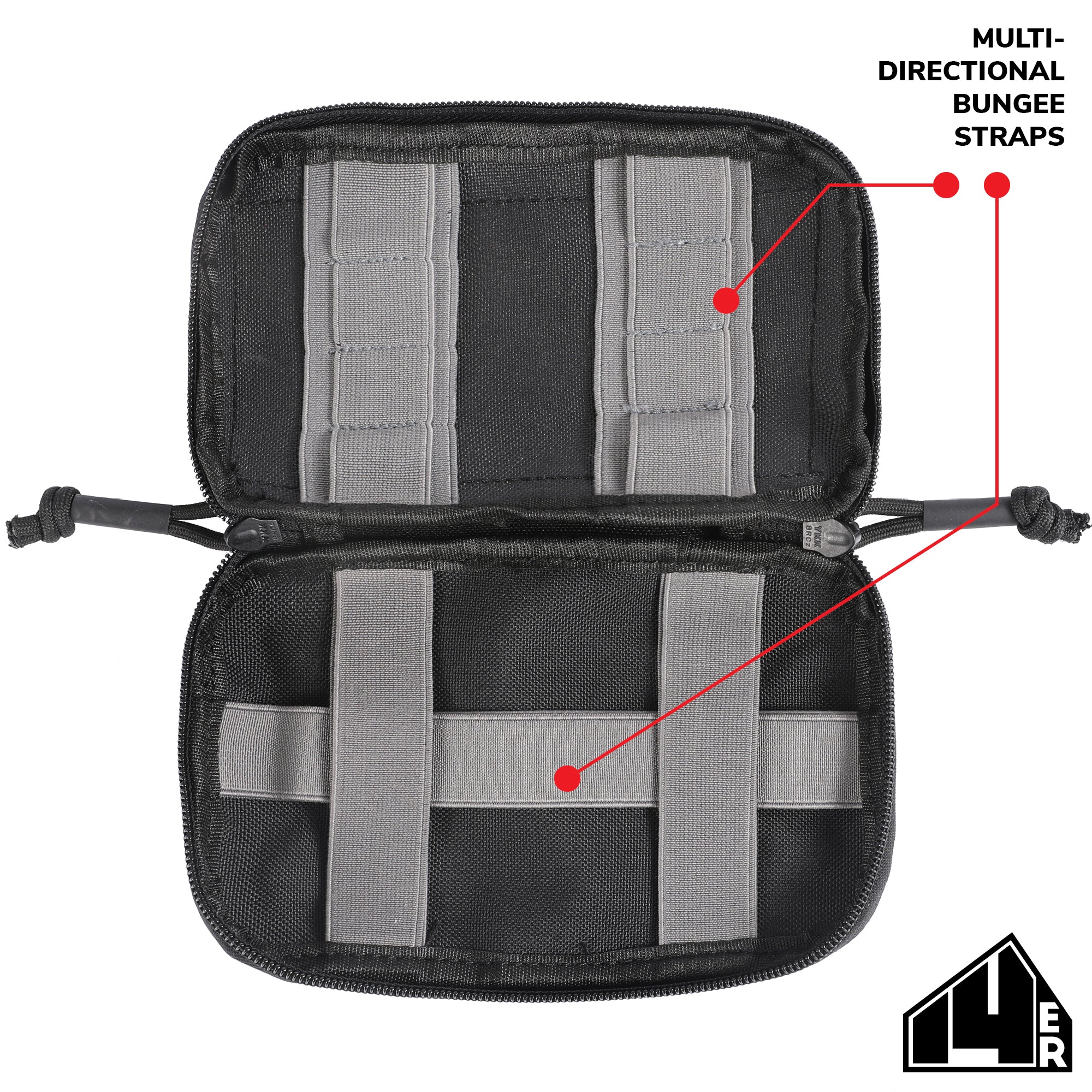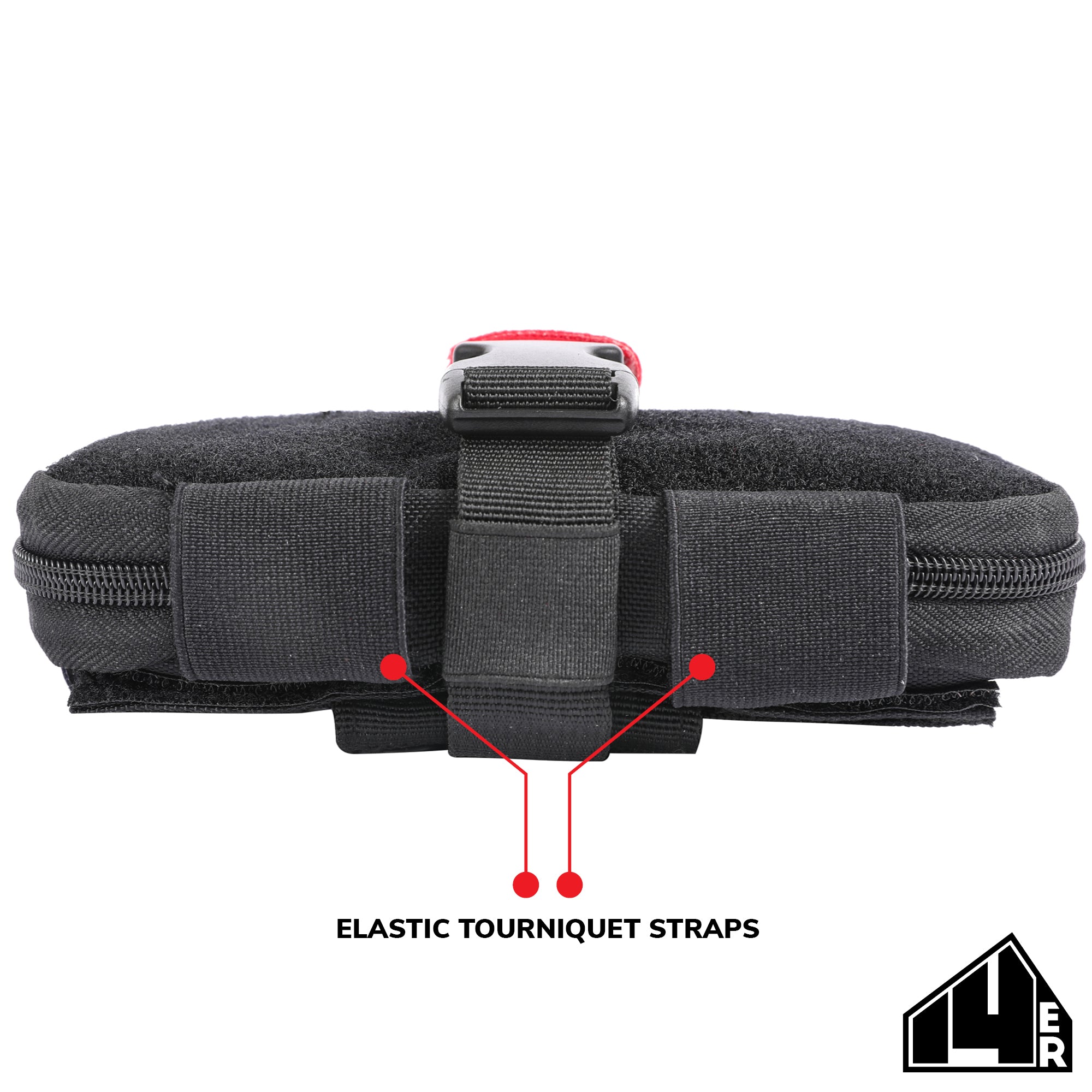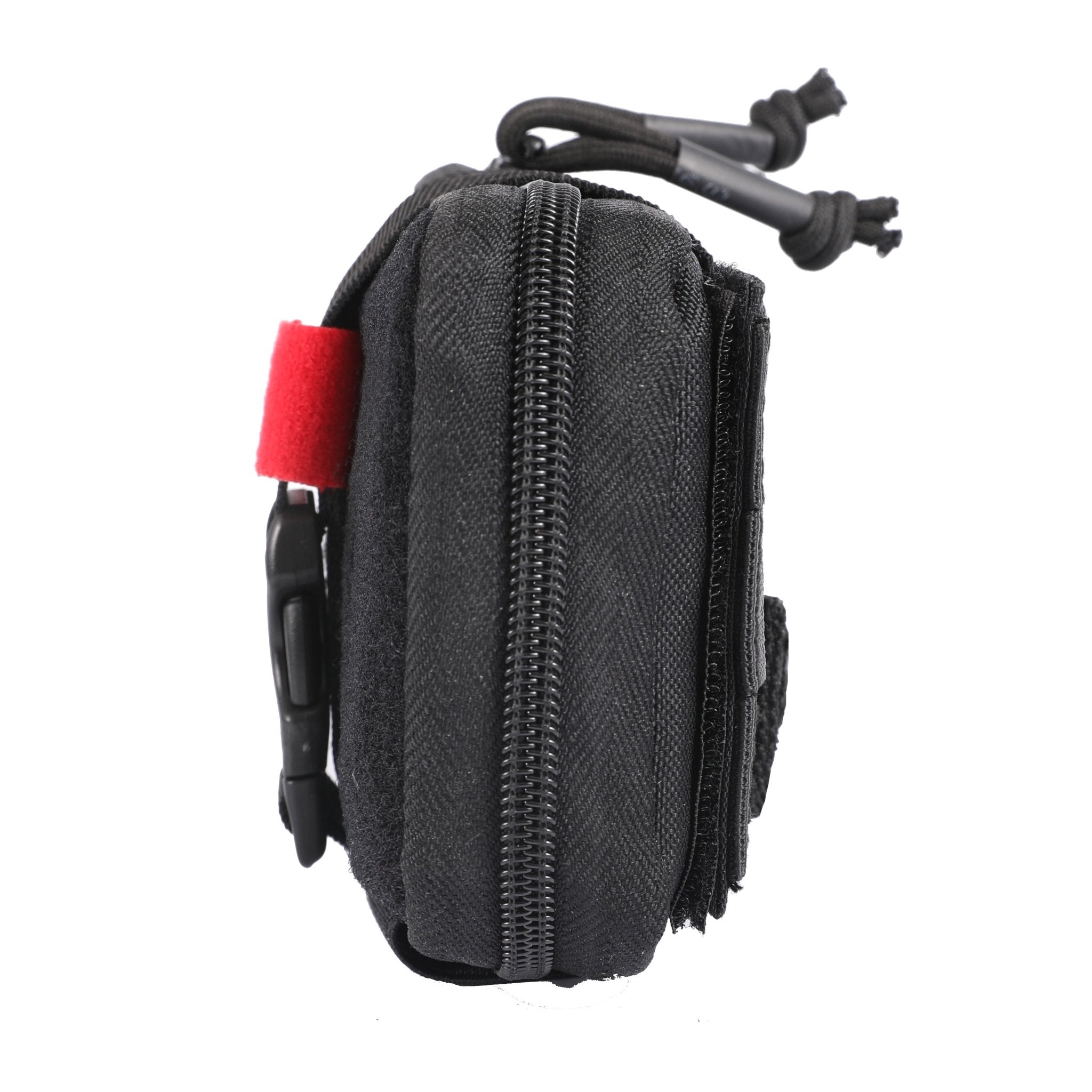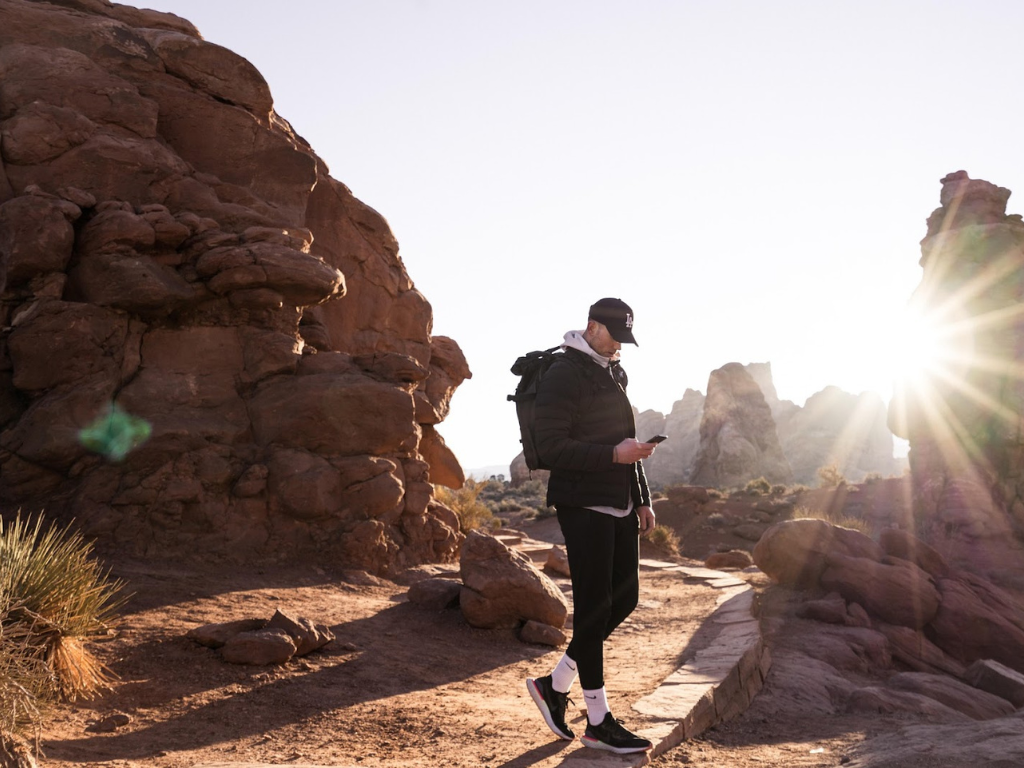
Ready to experience sporting activities on the water? Kayaking is an amazing sport that challenges your strength, endurance and determination along with your tactical skills. Similarly, you can try canoeing or whitewater rafting. Pursuing watercraft activities is sure to give you a super adrenaline rush this summer!
Getting into dangerous sports demands a more on-point tactical approach than usual. That means being prepared with the right tactical gear for water sports. Durable outdoor equipment for a rugged outdoor experience! What are the whitewater rafting gear and canoeing essentials? This guide will tell you exactly what you need to know!
Canoeing and Kayaking Safety Equipment
Understanding the risks involved in canoeing and kayaking is the first step in tactical preparation for such activities. Watercraft can capsize, and in such an event, you can find yourself underwater with the craft overhead—potentially trapping you there. In such a harrowing situation, you’d be thankful you’re equipped with kayaking safety equipment that can help you stay afloat.
Personal Flotation Devices (PFDs) are your go-to lifesaving tactical gear for water sports. They serve as buoyancy aids, which can allow you to swim to safety instead of being trapped in a life-threatening situation. PFDs come in a number of types, which means you’re sure to find one that matches your preferences.
Standard PFDs are life vests designed to fit over your clothing while kayaking or canoeing. The vest is made from a kind of flotation material, such as foam. With their built-in quality of buoyancy, these standard PFDs don’t require anything from you to make them float. You don’t have to activate their functionality to get this type of vest working. However, they are relatively bulky and rigid, which can make them uncomfortable if you are not used to wearing such a device.
Inflatable PFDs are less obtrusive options, and come in the forms of vests and waistpacks. For vests, you can choose a slim-fitting PFD that will not get in the way. It will feel more natural to wear, like an actual vest, compared to a standard PFD. Waistpacks are strapped around your waist, as the name suggests. You will barely even notice they are there. The trade-off for greater comfort is the requirement to activate the device’s functionality. The PFD must be actively inflated to turn them into a working flotation device. For this reason, inflatable PFDs are not recommended for whitewater sports activities.
Hybrid PFDs are also an option. These devices combine the features of standard and inflatable PFDs in a “best of both worlds” package. However, hybrid PFDs are typically less affordable than other types of safety devices. If you intend to participate in watercraft activities regularly, this would be a worthwhile option despite the expense. But if you don’t often do water sports, you would not get the best value out of purchasing a hybrid PFD.

Canoeing Essentials: The 14er IFAK Pouch
Tactical preparedness means being equipped to handle a medical emergency. Kayaking and canoeing does limit your options, however. You gotta think twice about loading your small watercraft with equipment that might not even see any use! Your ideal solution is therefore a compact first aid kit that can fit inside a lightweight pouch.
Not only do you need to pack a first aid kit judiciously, you also have to protect its contents. Being on a watercraft will expose you to the elements—not to mention high-adrenaline scenarios in which your equipment could take a beating! You’ve gotta have an individual first aid kit pouch (IFAK pouch), which is a piece of tactical gear that allows you to store and speedily deploy emergency response supplies.
The 14er IFAK Pouch is designed for use by first responders and hikers. This versatile product can also serve as kayaking safety equipment and whitewater rafting gear. The construction is sturdy, making use of 1000D polyester for impeccable thickness as well as puncture and water resistance. Its compact size means it won’t get in the way while kayaking or canoeing. You can mount it easily, possibly attaching it to your PFD, belt or other gear.
Accidents happen. You can stay safe by using durable outdoor equipment and augmenting that level of preparedness by planning emergency measures. That also means being properly equipped with a first aid kit, securely contained in a 14er IFAK Pouch to avoid damage and contamination.

Tactical Gear for Water Sports: Protective Clothing and Footwear
Dressing for watercraft sports activities is similar to dressing for hiking adventures. You should consider dressing in layers, as this provides both protection and versatility. Adding or removing layers allows you to adjust according to the functionality and comfort desired.
Water sports attire should provide protection from cold temperatures and excessive dampness. Cotton based clothing is a poor option, given the propensity of cotton to absorb and hold water. Synthetic fabrics are generally a better choice. Materials such as polyester and nylon can be engineered to be quick-drying and water repellent.
Sun protection is another major concern. You can wear sunscreen, but it’s good to equip yourself with UPF-rated outdoor clothing as well. The UPF (Ultraviolet Protection Factor) tells you how effective your gear is at reducing harm caused by ultraviolet radiation.
You can find specialized footwear designed for kayaking and canoeing. The options range from insulating socks to flexible shoes with grip soles. With so many types of footwear to choose from, we can’t cover the advantages and disadvantages of each one. What we can do is emphasize the desirability of durable outdoor equipment for outdoor activities, especially when it comes to adventure sports. Comfort is also an important factor, of course!

Kayaking and Canoeing Essentials: Navigation Equipment
Our resource guides for hiking and outdoor adventures regularly count navigation tools as essential tactical gear. It is no different when we’re talking kayaking and canoeing. Indeed, navigation is highly crucial as you wouldn’t expect to have trail markers, and you might not even be able to guide yourself using landmarks in some locations!
A regular field compass can be a trusty navigational tool for your kayaking trip. It fits easily into the pocket of your PFD. Alternatively, you can choose to install a deck mounted compass. This lets you keep your hands free while kayaking or canoeing.
For the more technologically inclined, a GPS device can be the way to go! It can offer superb accuracy, real-time visual mapping and speed measurement. Waterproof GPS units are available, although we still think it’s a good idea to secure your device in a waterproof bag—especially if you’re including it one you whitewater rafting gear.
Tactical folks can understand the advantages of employing technologically advanced gear, as long as it is dependable and suitable to their purposes. The 14er Tactical Resources Blog provides excellent guides on how tech can enhance your trekking experience. Check out our articles on wearable tech and outdoor communication tools!


